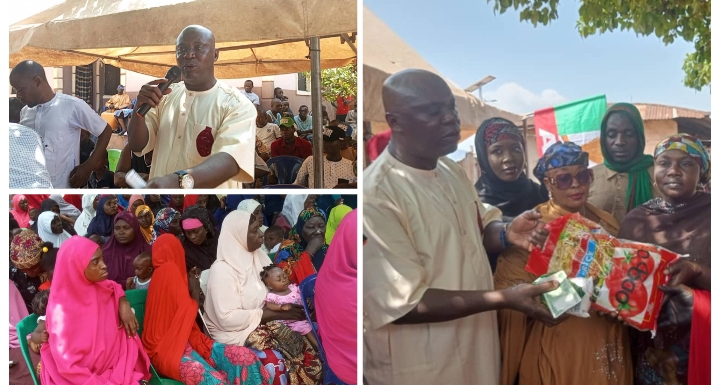
Who wouldn’t want to see and “hang out” with their loved ones years after their death? Learn about the Ma’nene death ritual from Indonesia.
For many people, the worst part about losing a loved one is the fact that we never see them again. Once they are buried, that’s it. The person is gone forever, and the only way we can see them is in pictures and our memories. However, not all cultures “do” death the same way. Case in point: the Ma’nene death ritual in Indonesia, practiced by the Torajan people of Sulawesi island. In English, this ritual means “The Ceremony of Cleaning Corpses,” and that is exactly what they do.


Every three years, for more than 900 years, the people of Lembang Paton Village dig out the mummified bodies of their loved ones to clean them up, dress them in new clothes, and bury them again. The ceremony, celebrated by all the families in the village, is a key element in their belief system, which combines Christian and indigenous concepts. The idea behind it all is that death is not the end of a person’s life, but rather another step (a very important one) in a long, spiritual life. For this reason, every detail of a person’s death, burial, and afterlife must be carefully seen to, and family members spare no expenses in fulfilling their duties. The resulting ceremonies are so lavish and complex that tourists go from all over the world to witness them.

The funeral:
As you may have guessed, a Torajan funeral, called “Rambu Solo,” doesn’t come cheap. In fact, they are so expensive (an average funeral costing the family tens of thousands of dollars), that most of the time, the family prefers to keep the dead family member’s body in the house until they can afford a proper ceremony. This waiting period can last weeks and even months, so the family keeps the body wrapped up like a mummy in a special room, feeding and tending to it, as if the person were merely “sick.” Then, when there’s enough money saved, the family goes ahead with funeral, they bury the body in the same plot of land as the house, and they don’t see their loved one again until the next Ma’nene ceremony.

The Ma’nene ritual:
Every three years, as was mentioned above, Lembang Paton Village celebrates their corpse-cleaning ceremony. The village leaders sing for days leading up to the exhumation, and then, every mummy is dug up by the respective family members, so they can be brushed, cleaned, and dressed in new clothes. The coffins too are given a touch-up, getting repairs and sometimes being replaced altogether in order to slow down the decomposition process. This part of the ceremony is perhaps the most emotional one because we get to see the living family members interacting with their loved ones, taking photos with them, and enjoying the opportunity to “see” them once again. Whether the loved one has only been dead for a year or has already been gone for decades, it is definitely a great gift for everyone who misses them. After the bodies are dressed in their new clothes, they are re-buried for another three years until the next ceremony.

From an outsider’s perspective, especially a Western one, the Ma’nene ceremony is definitely a lot to take in because it goes against everything we believe regarding death. However, even if we never like to practice it or even witness it, we can still look beyond the shocking images and think about the emotional and spiritual elements. Who wouldn’t want to see and “hang out” with their loved ones years after their death? In a way, not only would it be a way to have them with us in the world of the living for a little while, but it would also be a way to come to terms with the fact that one day we’ll join them on the other side.
Source: Reuters










